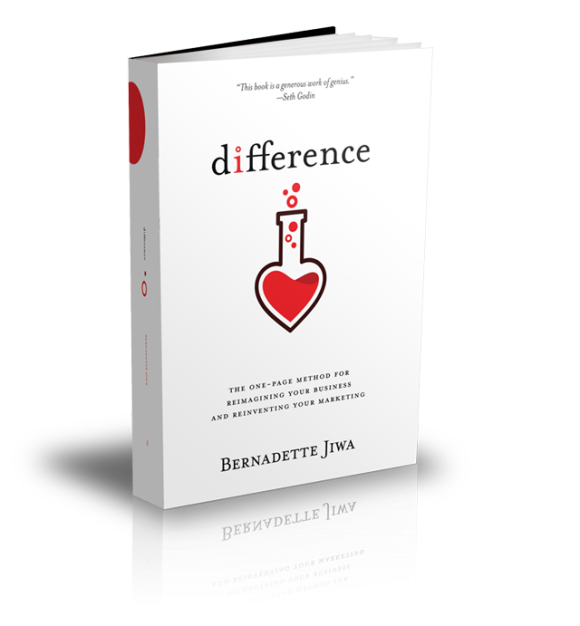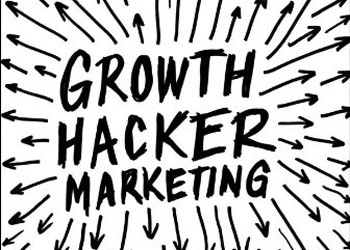For the past year and a half, I have enjoyed reading Bernadette Jiwa’s Brand Marketing Blog “The Story of Telling”. Bernadette’s blog focuses on the importance of storytelling in brand marketing. Her posts are short, simple and inspiring.
Bernadette is a brand storyteller and strategist who challenges traditional approaches to marketing. She recently published a new book titled “Difference”. I highly recommend “Difference”. It’s a must read book for innovative marketers. Difference challenges you to re-think your approach to marketing. Many people view marketing’s role as creating demand for existing products. Conventional wisdom advocates developing a product and then creating a big marketing funnel in order to sell it.
Difference redefines how successful brands will be marketed in the future. In Bernadette’s view marketing is not a department, it’s the story of how we create difference for our customers. The businesses that succeed tell a better story because they have learned to recognize what’s true for their customers and then create solutions that matched their worldview. As Bernadette points out, “the truth is that people don’t fall in love with ideas at all. They fall in love with how those ideas, products, services and places makes them feel”. People don’t buy features they buy promises.
One of my favorite parts of the book is when Bernadette shares her story of growing up in Dublin, the storytelling capital of the world. Bernadette describes how her little brother Johnny never greeted her by saying “hello” or “how are you?” The only question Johnny ever asked was, “what’s the story?” This is a common way to greet people in Ireland. It’s an open ended question that asks people to tell everything that’s important right now. Many great stories flowed from that simple greeting.
Difference thinking is more than the ability to connect the dots, though. It’s about seeing the truth, recognizing the opportunity in that truth and then acting on it. It isn’t the person with the best idea who wins; it’s the person who has the greatest understanding of what really matters to people.
The Difference Model outlined in the book flips product development on its head. Instead of starting with the idea, it begins with an examination of people’s current reality and explores what’s possible in a world where the problems and desires of those people are solved and met. A fundamental premise of the difference model is empathizing with your customer and asking questions to better understand your customer.
The Difference Model is consists of the following elements:
- Principles – What’s the truth about us, the industry, the market and the people we want to serve.
- Purpose – Why do we exist?
- People – Who are the people we want to serve? What do they value? What’s their current reality?
- Personal – How can we change how people feel?
- Perception – What do people believe about you? What would you like them to believe about you?
- Product – What do people really want?
Difference cites examples of many brands who have taken this approach to solving customers needs. Examples include Apple, Uber, By the Way Bakery, Warby Parker, Airbnb and The Rubix Cube.
Bernadette has created a Difference Map to help guide you through the process. You can download the map at Difference.is. It is a wonderful tool for planning innovation.
Read Difference and experience a new way of thinking about marketing.







